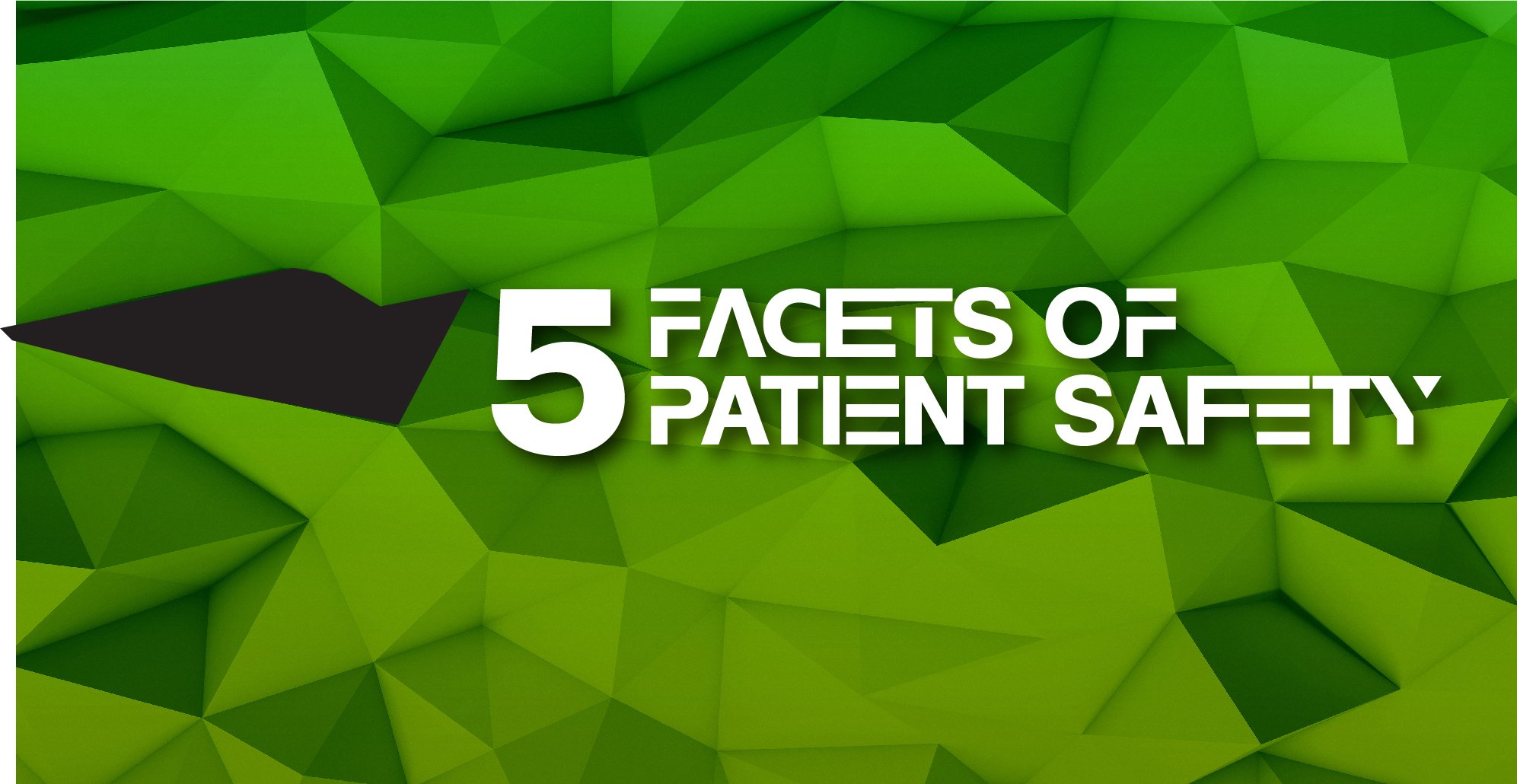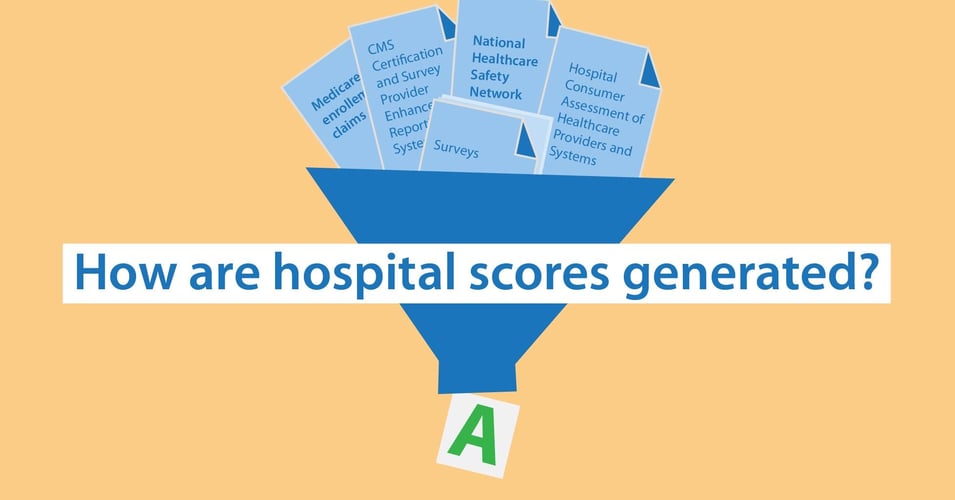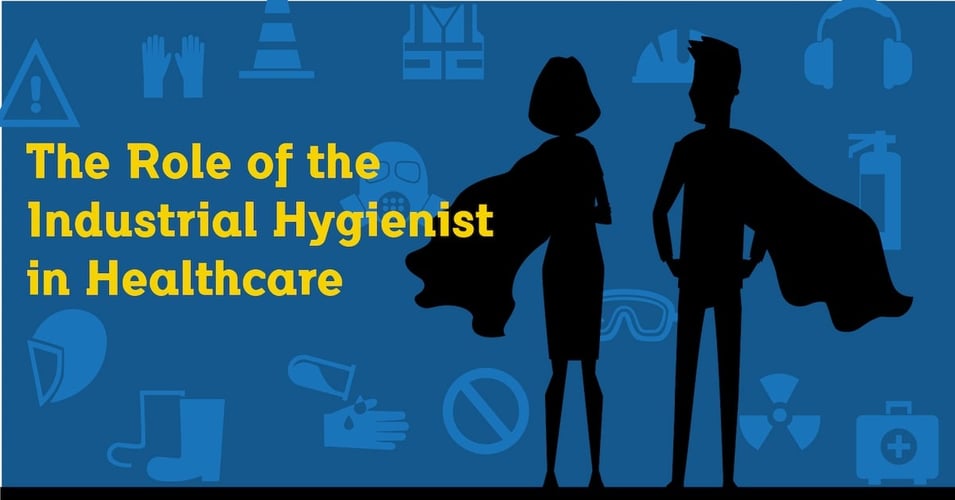5 Facets of Patient Safety

 Patient safety is a topic we often cover in this blog; it is a central concern of anyone involved in the healthcare industry. However, we may not stop and consider the many facets of safety. "Safety" immediately brings to mind protection from physical harm, but to a patient and a community, safety can mean so much more. In today's post, we'll look at five facets of patient safety, and how together, they create an environment where patients and their communities can heal.
Patient safety is a topic we often cover in this blog; it is a central concern of anyone involved in the healthcare industry. However, we may not stop and consider the many facets of safety. "Safety" immediately brings to mind protection from physical harm, but to a patient and a community, safety can mean so much more. In today's post, we'll look at five facets of patient safety, and how together, they create an environment where patients and their communities can heal.
1. Physical Safety | Protecting the physical body of a patient is front of mind when defining the term "patient safety." This aspect is the one measured by hospitals, accrediting organizations, and the federal government when they collect data about falls, prescription errors, hospital associated infections, and bedsores, for example. Patient physical safety can also include pieces of data that are collected in other departments, such as maintaining up-to-date, accurate, and accessible electronic records. It can include providing physicians with ongoing training and educational opportunities so that they remain current on best practices and treatments. Prevention measures also protect a patient's physical safety, incorporating on-going treatment of chronic disease as well as access to healthy food, physical activity, and freedom from community or domestic violence. Hospitals and facilities take steps to protect patient safety from specific risks, such as non-slip floors, Tall Man Lettering, and preventive biocidal surfaces to kill microorganisms before they cause infection.
2. Emotional Safety | A patient's emotional state can have direct impacts on his or her ability to focus on healing. Stress, anxiety, and fear can lead to delaying medical treatment, not disclosing issues to medical professionals, and can even lead to physical symptoms such as elevated heart rates, gastro-intestinal upset, and headaches. Supporting a patient's emotional safety therefore requires medical staff to set the stage for a personal, patient-centered experience. Not just a warm bedside manner, this support can also come in the form of educational outreach, caregiver training, attention to the physical environment (providing calming spaces, reducing machine sounds, etc.) and extra time to build trust with the patient. Hospitals and health systems that coordinate with community support services can bring in professionals to assist in protecting patients' emotional safety, either directly or by training in-house staff.
3. Financial Safety | Our nation struggles to separate quality health care from financial pressures; that's just the way things are. However, many hospitals and health systems provide ways to assist patients with understanding and taking on the financial responsibilities that often come with receiving healthcare treatment. However, these services do no good if the patients do not know about them, so outreach and education is a vital component of assuring financial patient safety. Ideally, individuals will learn about financial assistance programs before they or a loved one needs vital medical treatment, such as through public service announcements, presentations at public community events, and through local support agencies. Because many health conditions have better physical and financial outcomes if detected early and treated proactively, access to free clinics and preventive care would not only promote physical safety but also financial safety (for the patient and the taxpayer).
4. Privacy: All of us have felt the unique vulnerability of being a patient or caregiver - putting our most private information in the hands of a large institution where it will be stored along with millions of other data points. Not only do we not want our data to be misfiled or lost, we also don't want it falling into the wrong hands. Patients deserve safety for their private medical information, everything from test results to prescriptions to disease status. The Health Insurance Portability and Accountability Act of 1996, or HIPAA, protects our medical records by setting parameters for who can access our records, and assures the patient the right to access their records at will. In addition to these regulations, privacy is protected by having secure data storage systems, including networked devices and web-access portals.
5. Community Safety | Keeping a community safe is an important facet of safety. All of the above points can also be seen through the lens of a community, from ensuring physical safety at the workplace to supporting the financial health of a hospital so that it doesn't shut down. There is another aspect to community medical safety, and that is covered by the field of epidemiology. Protecting an entire community means collecting and analyzing data to foresee possible outbreaks of illness, disease, or other conditions (lung cancer, obesity, heart disease, diabetes, etc.) and providing the necessary preventive measures to address them. Education, resource allotment, and public services address community safety by staying information about the shifting demographics of a community, maintaining relationships with community groups, and anticipating needs before they affect health. Ensuring community safety requires investment with substantial returns.
According to Abraham Maslow's "Hierarchy of Needs", safety is the second-most important requirement after meeting physical needs for survival. Safety and security are central to setting a foundation for not only health, but also for creating healthy families and communities, enabling individuals to contribute to society, and for building a better tomorrow. Patients and their loved ones place their trust in the medical team every time they walk through the doors of a hospital or facility, trusting that all facets of their safety will be in good hands. We all share responsibility in living up to this trust.
![EOScu Logo - Dark - Outlined [07182023]-01](https://blog.eoscu.com/hubfs/Eoscu_June2024/Images/EOScu%20Logo%20-%20Dark%20-%20Outlined%20%5B07182023%5D-01.svg)




